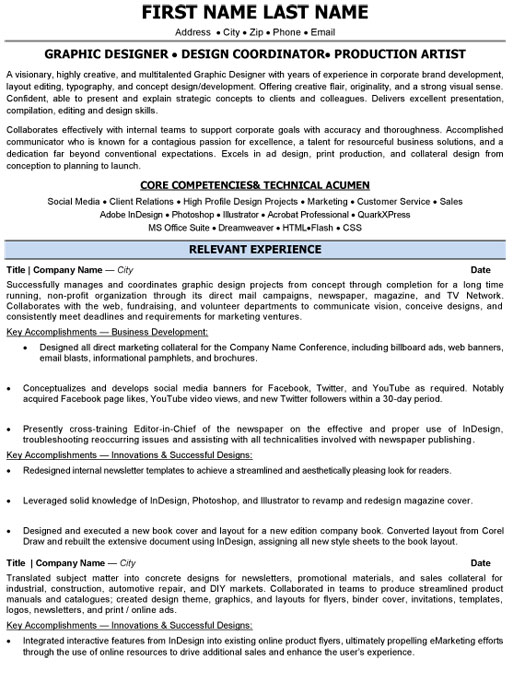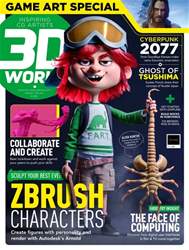

The combination with robotics to create mobile sensing systems.Stereo vision, using information from one or more cameras to create the 3D world structure.Computer architectures for implementing computer vision algorithms in real time.Optical flow, how images from a moving robot can be used to infer the world’s 3D structure and the robot’s motion.Very wide field-of-view cameras based on fisheye lens and lens/mirror (catadioptric) optical systems.The use of visual information for controlling robot motion, a technique known as visual servoing.Now is the time to be doing vision for robotics! Some specific topics of interest include: Vision sensors and computing power are getting cheaper and cheaper. Why vision? Nature has invented the eye ten different times so it must be an effective sensor for doing a diverse range of tasks.

An example of a visual dynamic task is something like hand-eye coordination, and for a robot it might be visual control of flying or driving or manipulation of objects. These might range from recognizing places or text in the world to dynamic tasks.

He received his undergraduate and masters degrees in electrical engineering and PhD from the University of Melbourne.Īrea of research: Robotics I am interested in how robots can use the sense of vision to accomplish a broad range of tasks.
#EDITOR IN CHIEF OR 3D WORLD MAGAZINE SERIES#
He is a fellow of the IEEE, the Australian Academy of Technology and Engineering, the Australian Academy of Science former editor-in-chief of the IEEE Robotics & Automation magazine founding editor of the Journal of Field Robotics founding multi-media editor and executive editorial board member of the International Journal of Robotics Research member of the editorial advisory board of the Springer Tracts on Advanced Robotics series recipient of the Qantas/Rolls-Royce and Australian Engineering Excellence awards and has held visiting positions at Oxford, University of Illinois, Carnegie-Mellon University and University of Pennsylvania.
#EDITOR IN CHIEF OR 3D WORLD MAGAZINE SOFTWARE#
He created widely used open-source software for teaching and research, wrote the best selling textbook “ Robotics, Vision, and Control”, created several MOOCs and the Robot Academy, and has won national and international recognition for teaching including 2017 Australian University Teacher of the Year. His research is concerned with enabling robots to see, and the application of robots to mining, agriculture and environmental monitoring. He is the distinguished professor of robotic vision at Queensland University of Technology, director of the ARC Centre of Excellence for Robotic Vision and Chief Scientist of Dorabot. Peter is a robotics researcher and educator.


 0 kommentar(er)
0 kommentar(er)
